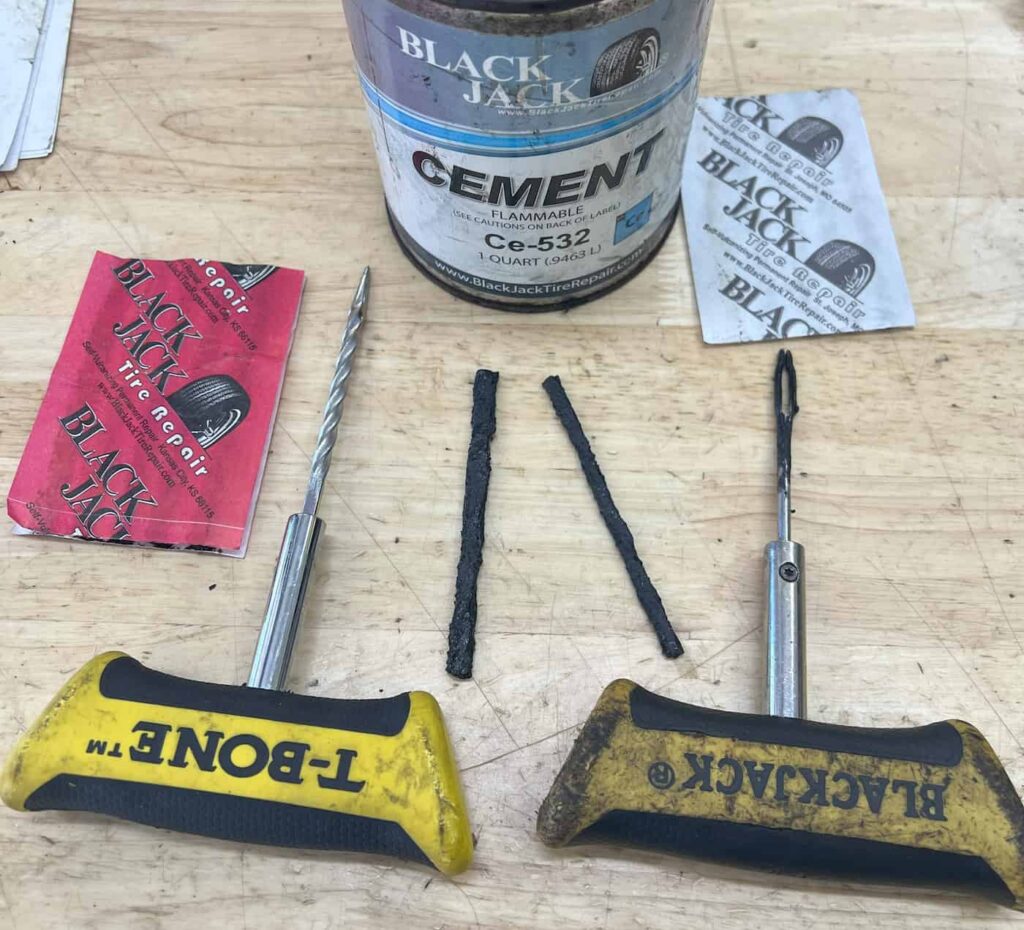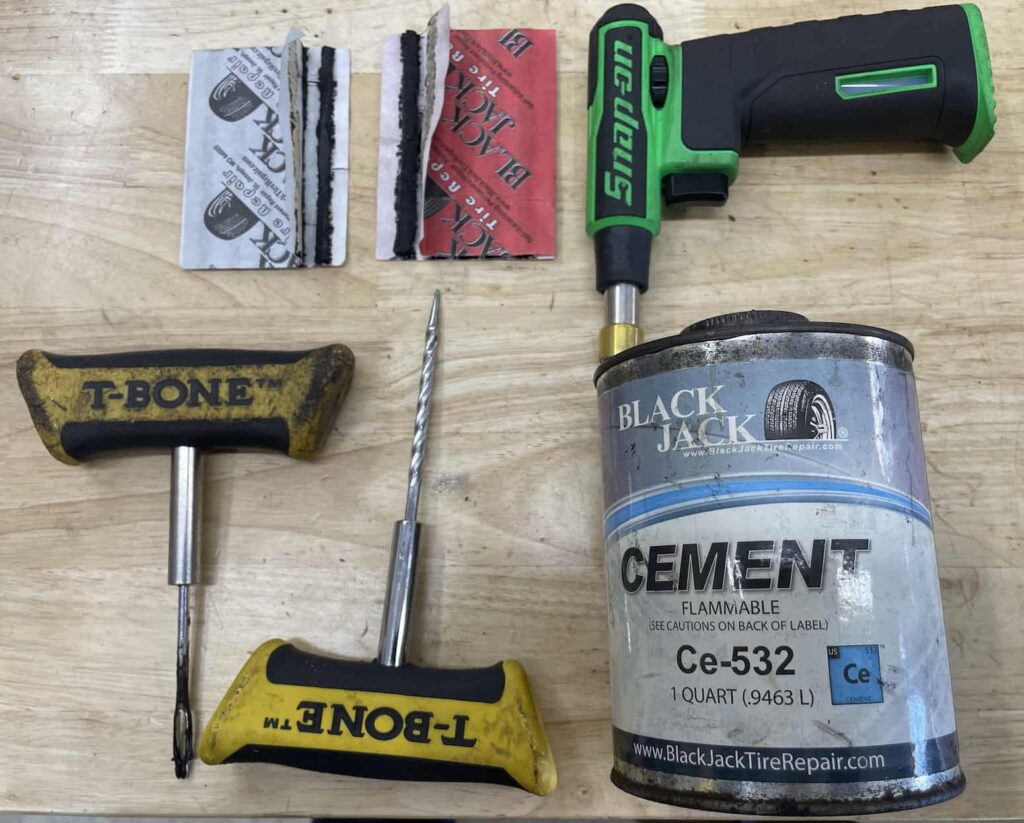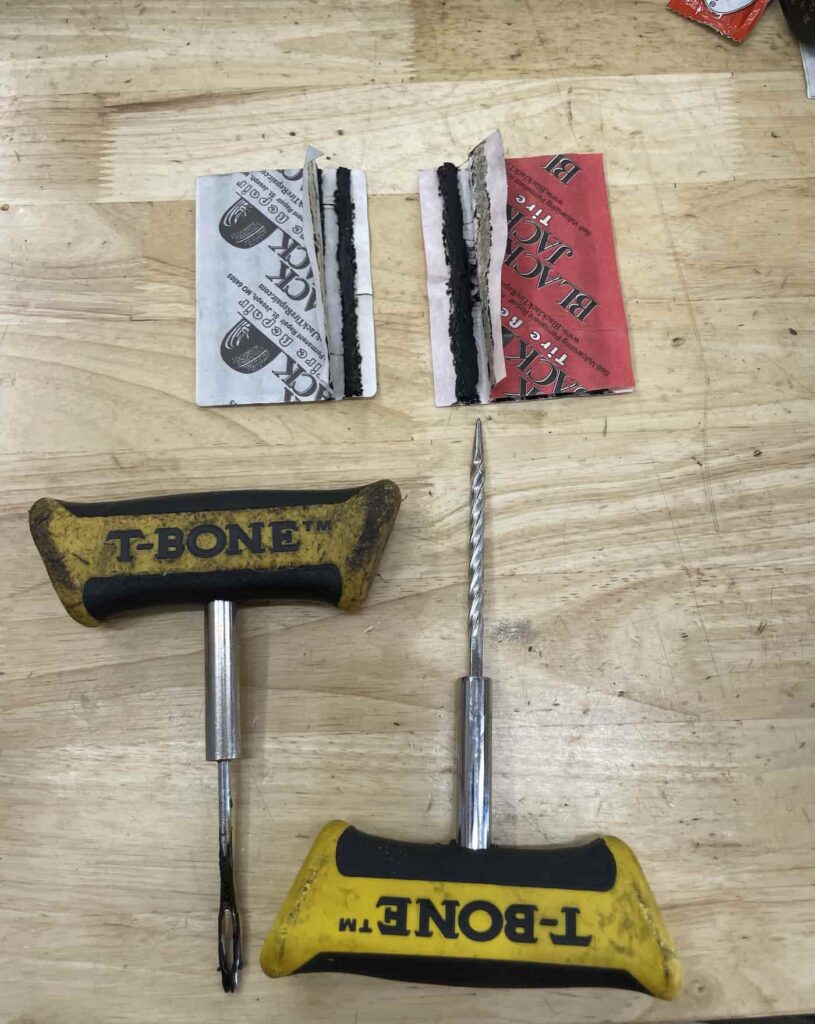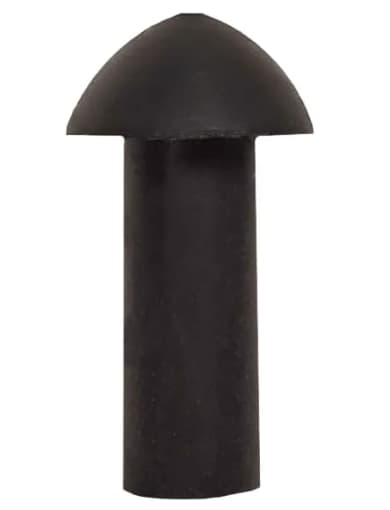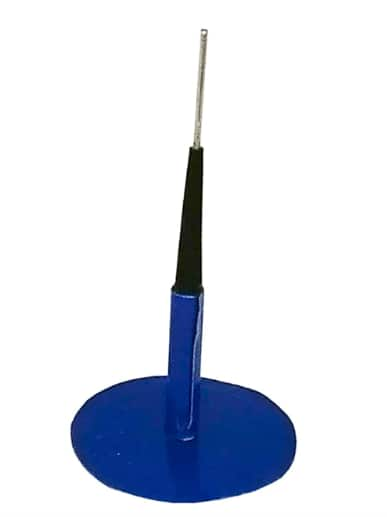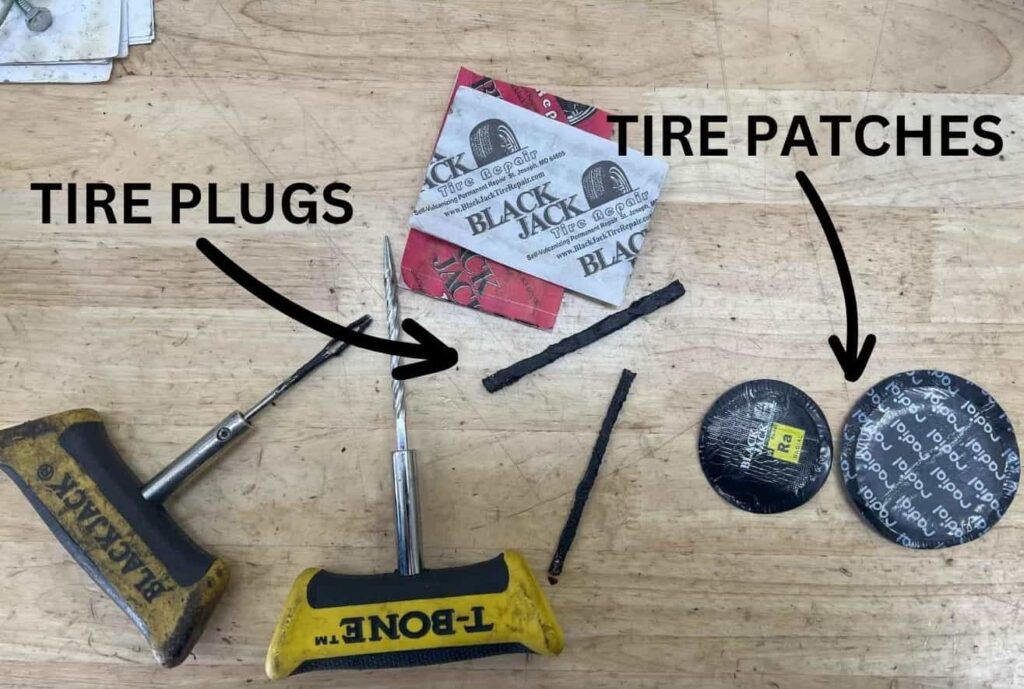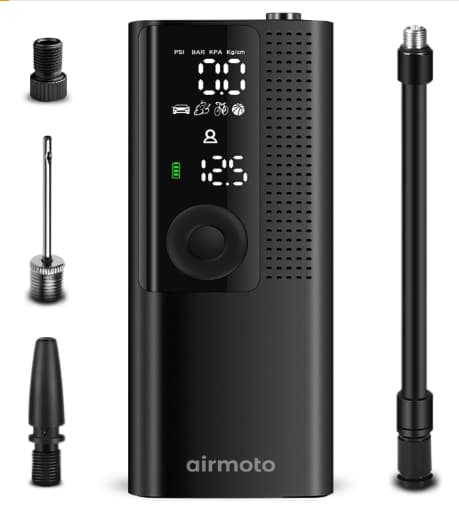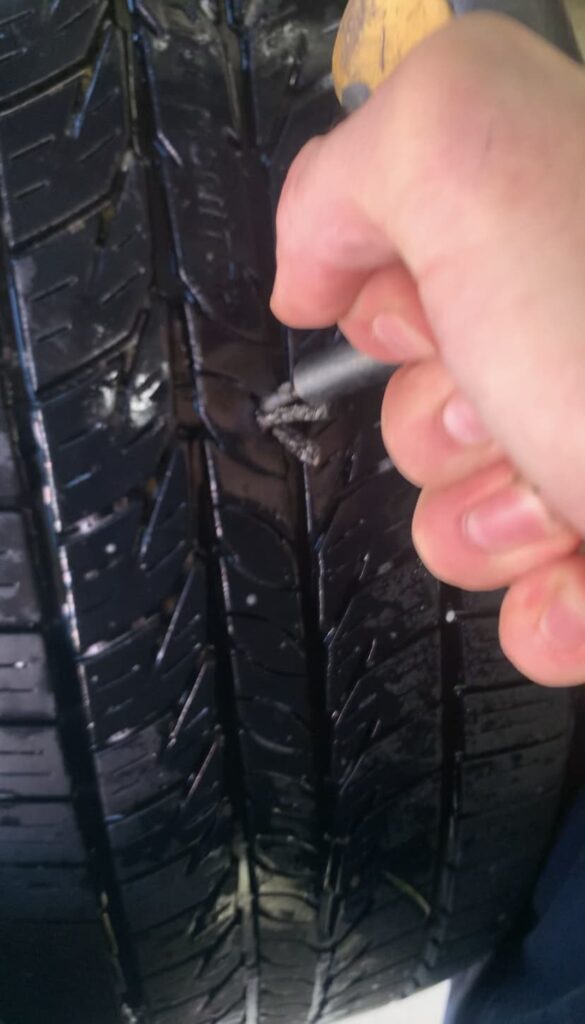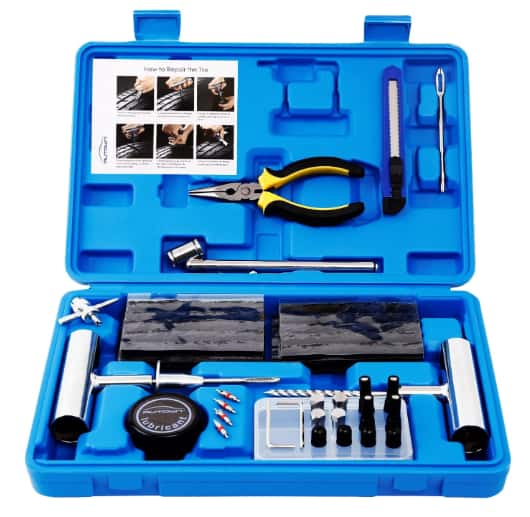Tire plugs are indispensable tools in your automotive toolkit, specifically designed for the quick and cheap repair of punctured tires. The materials from which these plugs are made, their manufacturing process, types, and practical applications play a significant role in their effectiveness and reliability. This article will explore these aspects in depth, providing essential insights into the composition and functionality of tire plugs.
Materials Used in Tire Plugs
Tire plugs are primarily made from a specialized rubber compound that is formulated to be both flexible and durable. This compound typically includes:
Rubber Compounds
The rubber used in tire plugs is a high-grade, malleable material that can easily conform to the shape and size of the puncture. This adaptability ensures a snug fit, crucial for preventing air leakage.
Vulcanizing Agents
Vulcanization is a chemical process that adds sulfur or other cross-linking agents to rubber, enhancing its strength and elasticity. This process is vital for tire plugs as it ensures the plug not only fits well into the hole but also chemically bonds with the tire material, creating a permanent seal.
Fiber Reinforcements
Heavy duty tire plugs also incorporate fiber reinforcements within the rubber compound. These fibers increase the structural integrity of the plug, ensuring it withstands the tire’s internal pressures and the external forces it faces during driving.
Manufacturing Process of Tire Plugs
The production of tire plugs involves several key steps, starting from the selection of raw materials to the final curing stage, where the plugs are hardened and made ready for use.
Raw Material Selection
Manufacturers carefully select and source high-quality rubber and vulcanizing agents. The choice of materials directly impacts the plug’s performance and durability.
Mixing and Shaping
The rubber compound is mixed with vulcanizing agents and any additional reinforcements. This mixture is then extruded or molded into the desired shape and length of the tire plug.
Curing and Final Processing
After shaping, the plugs are cured under heat and pressure. This process activates the vulcanization process, causing the rubber to harden and take on properties that are essential for effective tire leak repairs.
Types of Tire Plugs
String Plugs
These are the most common type of tire plugs, consisting of a simple strip of rubberized material. They are inserted into the puncture with a plug insertion tool and are known for their ease of use and effectiveness in sealing small to medium-sized punctures.
Mushroom Plugs
Mushroom plugs have a head that expands inside the tire, creating a seal that is larger than the entry point of the puncture. This design is particularly effective for larger punctures or where a more robust seal is required.
Combination Plugs
Combination plugs combine the features of string plugs and patch repairs, offering a more comprehensive repair solution. They are used for more significant damages where a simple plug or patch would not suffice.
Advantages of Using Tire Plugs
The primary advantages of plugging a leaky tire include their cost-effectiveness, ease of installation, and the immediate solution they provide. They allow drivers to quickly and affordably address punctures, minimizing downtime and the need for immediate tire replacement.
Limitations and Considerations
While tire plugs are an excellent solution for some tire repairs, they are not a solution to all tire repairs. Drivers should be aware of the limitations and safety considerations, ensuring that tire plugs are used appropriately and that the tire plug is preventing any air leakage.
Installation Process of Tire Plugs
The installation of a tire plug involves locating the puncture, removing whatever caused the puncture, using a reaming tool to prepare the area, inserting the plug, and ensuring it is adequately sealed. This process requires a tire plug kit and a basic understanding of tire repair techniques.
Comparison With Other Tire Repair Methods
When compared to other tire repair methods like patches, tire sealant, or full tire replacement, tire plugs offer a quick and cost-effective solution. However, they may not be suitable for all types of damage, and understanding the best repair method for a given situation is crucial.
FAQ
WHAT ARE THE RISKS OF USING A TIRE PLUG?
While tire plugs are a great fix for tread punctures , they do come with risks if not installed properly or used in inappropriate situations (do not use on sidewall). The main risk is the potential for the plug to fail, which can lead to a rapid loss of air pressure and possibly a blowout if driving at high speeds. Always spray the plugged area with soap and water to check if its leaking.
CAN I PLUG A TIRE MULTIPLE TIMES?
While it’s technically possible to plug a tire in different spots if necessary, multiple plugs can compromise the structural integrity of the tire. If a tire has been repaired more than once, consider replacing the tire.
HOW DOES A TIRE PLUG COMPARE TO A TIRE PATCH?
A tire plug is inserted from the outside of the tire to fill a puncture, whereas a tire patch is applied from the inside to cover the puncture. Patches are generally considered a more permanent repair compared to plugs. However, plugging is quicker and can often be done without removing the tire from the vehicle.
IS THERE A DIFFERENCE BETWEEN A DIY TIRE PLUG KIT AND A PROFESSIONAL TIRE REPAIR?
Yes. Professional tire repairs often involve both plugging and patching the tire from the inside, a process known as a plug-patch. This method ensures a more comprehensive repair by addressing both the interior and exterior of the puncture. A DIY tire plug kit typically only provides the tools for external plugging, which is less durable than professional repairs.
SHOULD I REPLACE A PLUGGED TIRE SOONER THAN AN UNPLUGGED ONE?
Yes, it’s generally advisable to replace a plugged tire sooner than you might replace an unplugged tire. Even if a plug repair is holding well, the integrity of the tire has been compromised to some extent. This goes for all flat tire repairs, keep an eye on the tire’s overall condition, air pressure, and tread depth.
DO TIRE PLUGS WORK ON ALL TYPES OF TIRES, INCLUDING RUN FLATS AND HEAVY DUTY TRUCK TIRES?
Tire plugs can work on a wide range of tires, but there are limitations. Plugging a run-flat tire can be more challenging and may not be recommended by the manufacturer. Similarly, heavy-duty truck tires may require specific types of plugs or professional repair techniques due to their size and the higher pressures they operate under. Many electric vehicles use foam inside the tire for noise dampening and these tires can not be plugged or patched.
Final Thoughts
I have been a professional automotive technician for the past 10 years and use tire plugs on a regular basis. If a tire puncture is suitable for a tire plug repair, they work without fail. If a puncture is in a bad location (sidewall, very worn tire tread) plugging the tire will not work and is not safe for the road.
About the Author
STEFAN A.
Professional Automotive Technician – I am currently an automotive technician in New Jersey and have worked in private shops as well as dealerships. When I am not writing articles I am wrenching on race cars and driving radio controlled cars at the track!
Please note that this blog post contains Amazon affiliate links. This means that if you make a purchase through one of these links, we at TPMSRESET.COM may earn a small commission at no extra cost to you. We only recommend products that we personally use and believe in. Thank you for supporting us.
dfd
